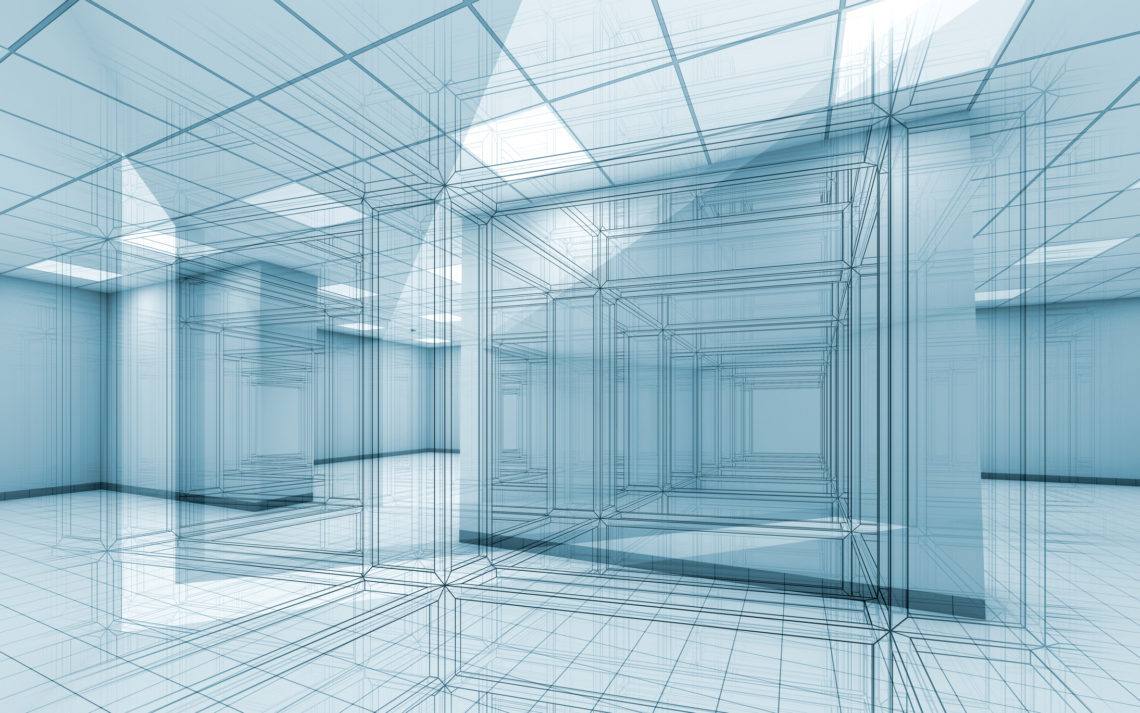Forget about those x-ray specs that used to be advertised in magazines. Researchers have now found a way to “see” through walls using Wi-Fi.
Although you can’t see Wi-Fi signals, researchers at the University of California, Santa Barbara have used ambient Wi-Fi signals and an ordinary smartphone to see and take photos through walls. These are not detailed photographs of people and objects, but they capture shadows, reflections and movements. They can also show the presence or absence of people, allowing users of the technology to determine if a building is occupied or not, and where in the building the people are.
Researchers at the Massachusetts Institute ofTechnology (MIT) have gone even further. They are using Wi-Fi and Artificial Intelligence (AI) to track specific positions and movements. In their images, people show up as stick figures. This is still not the same as detailed photographs, but it is an improvement over the former blob-like images. To do this, researchers used AI to interpret the way radio Wi-Fi signals bounce off a person’s body and match it to the movement of 14 key points on the body, including the head, elbows and knees.
Dina Katabi, a professor at MIT’s Computer Science and Artificial Intelligence Laboratory (CSAIL), explains it this way: “Let’s say the police want to use such a device to see behind a wall. It’s very important to know if somebody is standing in a position that indicates they are holding a weapon, for example. All of that you can’t do with just a blob.”
This technology clearly has applications in law enforcement, and it could also be used in interactive gaming. However, the researchers are focusing on healthcare applications, especially for diseases like Parkinson’s, Alzheimer’s and Multiple Sclerosis. They have been working with experts in the treatment of each of those diseases, who say that being able to monitor a patient’s daily movements and gait with precision would provide doctors much more information than they can get from a short office visit.
Of course, with any technology that allows law enforcement and others to see through walls, there are concerns about privacy. This is especially true because this surveillance method does not even require the spying party to install any device in the area being watched. They can simply pick up on the Wi-Fi signals already present to observe a home or public area.
Although this capability has so far been confined to the lab, the MIT team is working on a version of the technology that can be marketed commercially.



